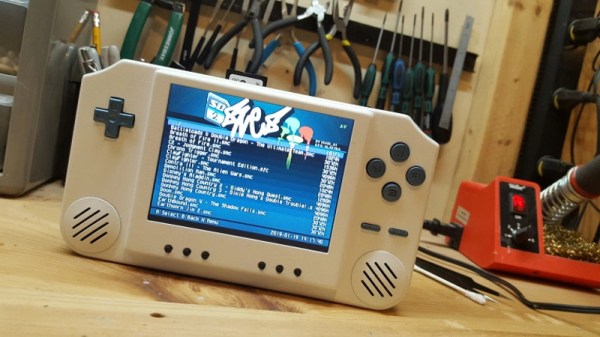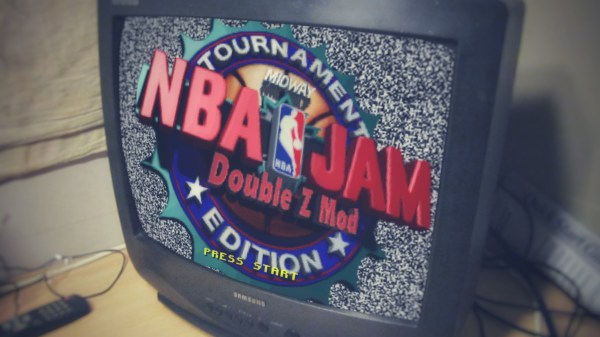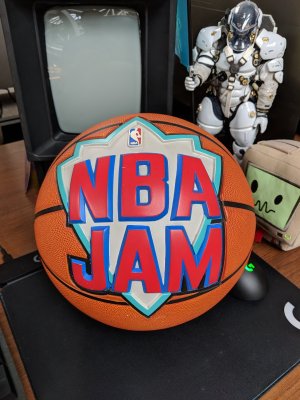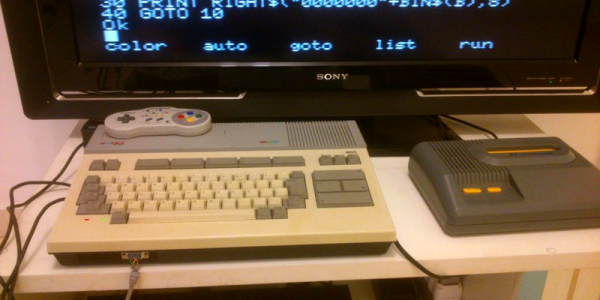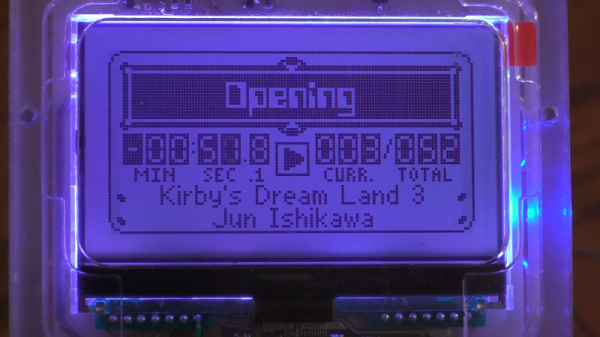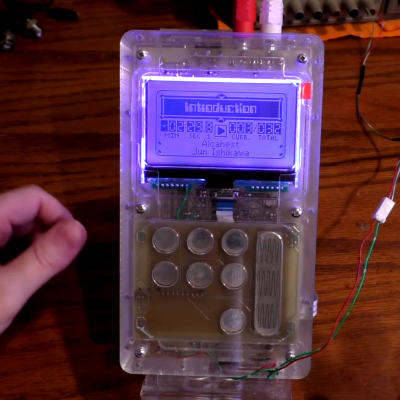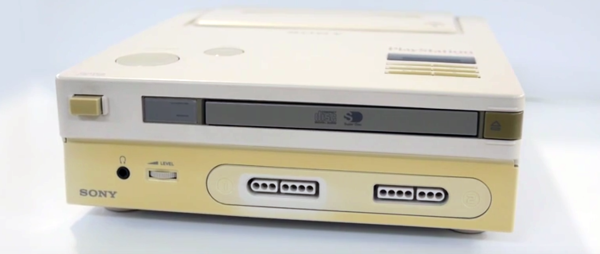Handheld consoles have to make a lot of design choices that their TV connected brethren don’t have to worry about. Battery life is important, as is screen visibility, and the games can’t be too bulky or unwieldy if you’re going to be carrying them around all day. [Chris] is no stranger to building handheld versions of home consoles, and took a few of these lessons on board in his latest portable SNES build.
The motherboard was provided by a SNES Jr., a lightweight, compact model released towards the end of the console’s reign. This was small enough that it required no trimming, however [Chris] elected to replace the inefficient 7805 with a more modern switching regulator. The case was 3D printed on a typical FDM setup, while the buttons were produced on a Form 2 for better dimensional accuracy and surface finish.
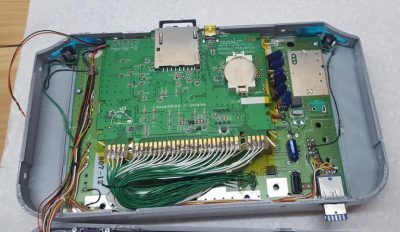
The real party piece, however, is the use of an SD2SNES flash cart. This allows a huge variety of ROMs to be loaded onto a single SD card, and played on the original console hardware. This is particularly useful in a portable build, as it becomes possible to carry all the games you could want, rather than having to juggle several full-sized SNES cartridges. The SD2SNES is wired in place permanently inside the console, with an impressive number of patch wires between the motherboard and the cartridge PCB. Despite the long lead length, [Chris] reports no issues with the connection.
There are some limitations – the flash cart doesn’t work properly for games using extra chips on the cartridge, like the SuperFX in Star Fox, for example. Despite this, it’s an excellent, high quality build that we’re sure is a lot of fun to play out and about.
We’ve seen [Chris]’s work before – this portable N64 is a particularly nice example. Video after the break.
Continue reading “SNES Portable Leverages Flash Cart For More Games”

